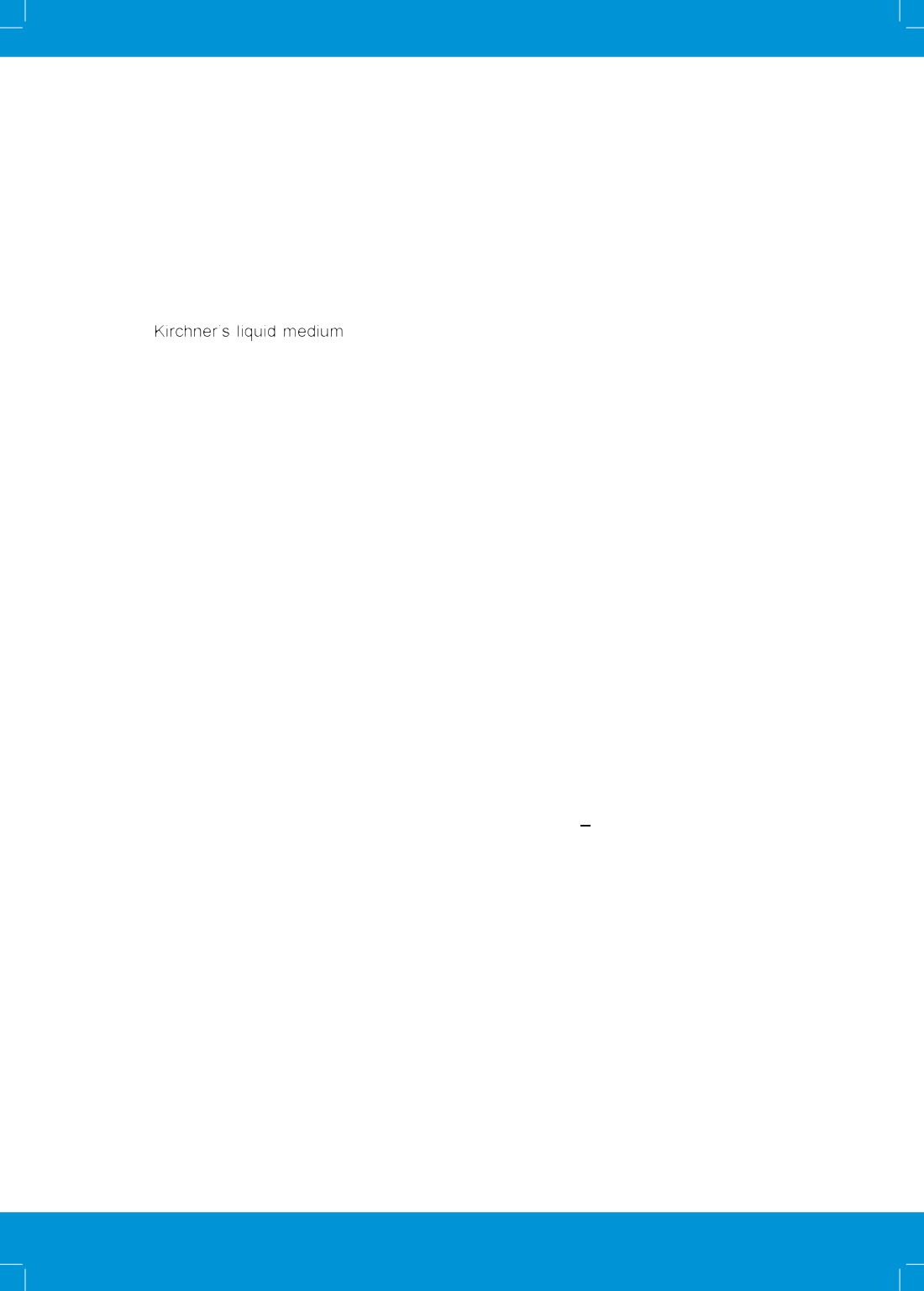

mycobacteria is available in that laboratory (BacTAlert, MB Bact or MycolyticF
medium on BACTEC 9050 systems)
2.4 Tissues
The aseptically collected tissues are placed by the physician in sterile containers
preferably without fixatives or preservatives. If the specimen is to be shipped, it
should be protected from drying by adding sterile saline or ideally in selective
and maintaining a temperature of 4- 15
0
C. Specimens
should be transported to the laboratory as quickly as possible.
2.5 Swabs
Swabs are always sub optimal specimens and not recommended because of risk
of infection for specimen collector. They may be useful in children and patients
who cannot produce sputum or may swallow it. A sterile absorbent cotton swab
should be used for collection. The best time for the collection is early morning
before food and drinks are taken. The swab should be placed in a screw capped
container containing normal (0.9%) saline to prevent drying. Swabs except for
laryngeal swabs or from discharging sinus should be avoided.
2.6 Urine
Among specimens expected to be contaminated, urine is the most common. To
minimize excessive contamination of urine specimens, special instructions for
collecting urine with adequate cleansing of external genitalia to prevent
contamination by commensals should be given. Early morning sample should be
collected in 500 ml screw capped sterile containers. Once received in the
laboratory, urine must be immediately processed or centrifuged and the pellet
refrigerated for further processing. As excretion of tubercle bacilli in urine is
intermittent, three early morning specimens must be collected on different days.
2.7 Bronchial secretions
Other respiratory specimens that can be submitted to the laboratory for
mycobacteria culture are bronchial secretions (minimum volume: 2- 5ml) and
bronchial alveolar lavage (BAL) (minimum volume of 20 50 ml). Trans-bronchial
and other biopsies should be collected under sterile conditions and placed in 0.5-
1.0 ml of sterile normal (0.9%) saline to prevent drying during transportation to
the laboratory.
2.8 Gastric Lavage
In children, who rarely produce sputum, the aspiration of the early morning
(gastric content) may be used for TB diagnosis. This is done as an inpatient
procedure. This should be transported immediately to the lab and processed (nor
more than 4 hours) to prevent the killing action of the acid content in the gastric
lavage on the tubercle bacilli. In the event of delay, the sample can be
neutralised using 1-2 ml of sterile 10 % sodium bicarbonate solution depending
on the volume of gastric aspirate. Trisodium phosphate at a final concentration of
142


















